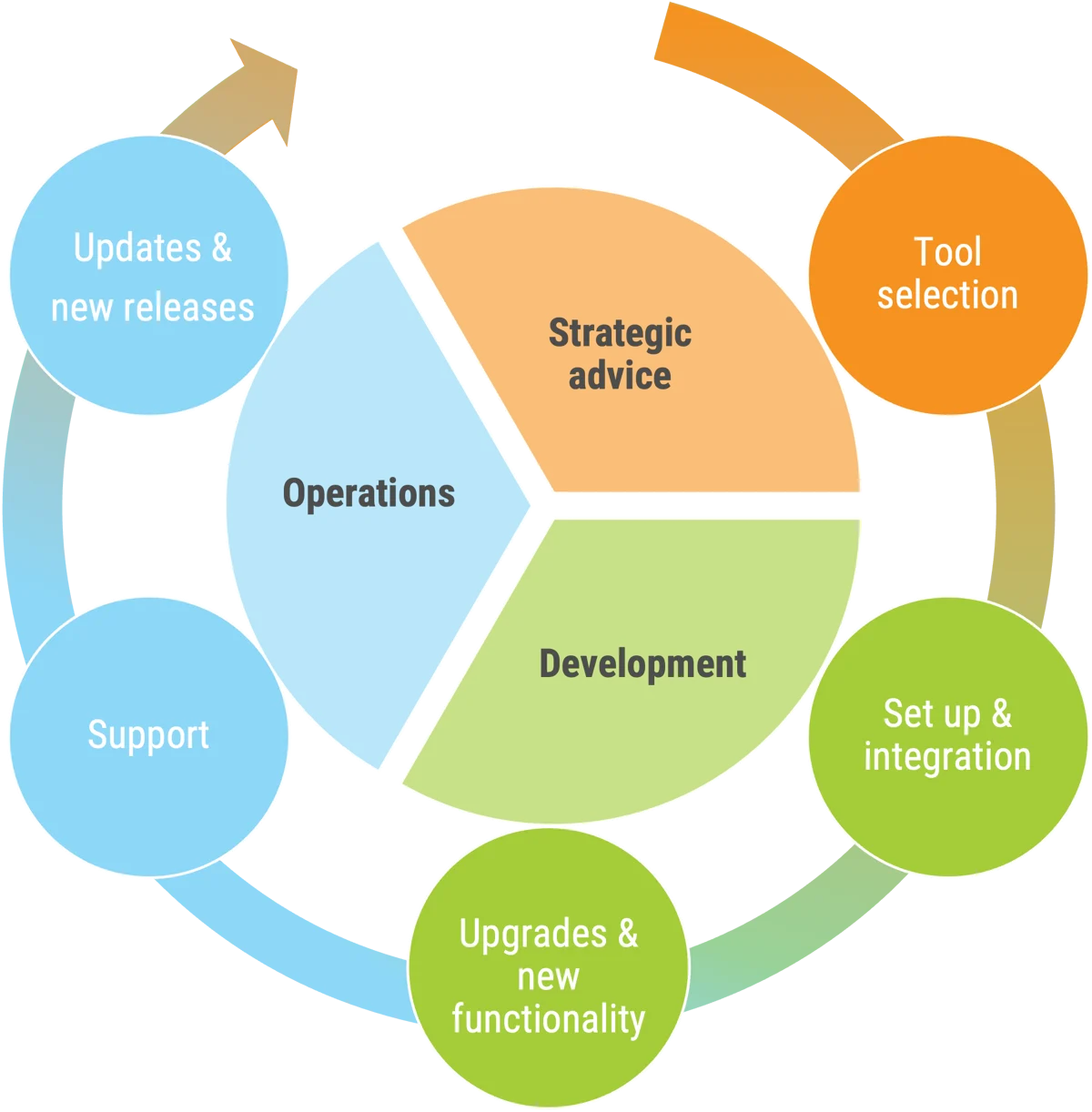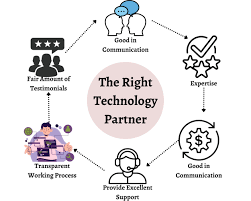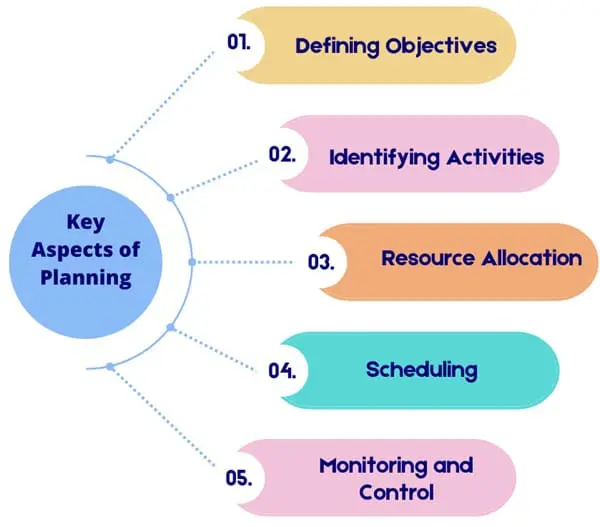Government teams wrestle with a thorny mix of tight budgets, high-stakes compliance, and an inbox full of citizen requests. The right customer-relationship-management (CRM) platform can turn that chaos into calm—but only if you match your agency’s needs to the right tool. This deep dive reviews seven of today’s best CRM for government options, weighs pros and cons, and folds in expert insight from Tamer Badr, owner of Singleclic, so you can choose with confidence.
Why Trust This Guide?
- ✔️ Written by a journalist who covers digital transformation in the public sector—minus the fluffy jargon.
- ✔️ Packed with first-hand user reviews, vendor documentation, and recent 2025 product updates.
- ✔️ Includes clear drawbacks for every tool, so you’re never blindsided later.
People Are Always Asking…
“Isn’t every CRM basically the same?”
Not for public agencies. Government CRMs must satisfy FedRAMP or equivalent data-sovereignty rules, integrate with legacy financial systems, and survive procurement scrutiny. A shiny marketing CRM built for B2B sales usually falls over when an audit hits.
Keep reading for the real-world differences that matter.
How We Evaluated Each Platform
- Security & Compliance – FedRAMP, GCC, GDPR, or local equivalents.
- Citizen Experience – Omnichannel service, self-service portals, accessibility.
- Configurability vs. Complexity – How far can you bend it before it breaks?
- Total Cost of Ownership – Licenses, hosting, training, and hidden add-ons.
- Ecosystem & Support – Marketplace apps, public-sector user groups, vendor SLAs.
Salesforce Government Cloud
Why it stands out: FedRAMP Moderate authorization, deep AI roadmap, and the largest public-sector partner network. Salesforce’s Hyperforce architecture even lets some countries keep sensitive data on-shore.
Key strengths
- FedRAMP, DoD IL4/5, and GDPR compliance baked in.
- Drag-and-drop flow builder makes complex case routing doable without code.
- Thousands of AppExchange add-ons for permitting, grants, or 311 services.
Potential drawbacks
- Premium price tag; seats can exceed $300/user/year once add-ons pile up.
- Steep learning curve—many teams need a partner to configure properly.
- Annual contracts; hard to pilot in a single department first.
User sentiment: G2 reviewers applaud flexibility but complain about “update-day glitches” and infinite configuration options.
Microsoft Dynamics 365 Government
Microsoft’s GCC and GCC-High editions build on familiar Office and Power Platform UI—so clerks see Excel-like grids, not mystery dashboards.
Benefits
- Tight integration with Teams, Outlook, and Power BI.
- Role-based security aligns with least-privilege audits.
- Hybrid or on-prem deployment for air-gapped environments.
Drawbacks
- Licensing matrix is daunting; costs spike if you need multiple modules.
- New features debut in commercial cloud first, then drip into GCC.
- Power Platform customization can sprawl without governance.
Recent roadmap: January 2025 release added AI-generated case summaries and voice analytics for 311 call centers.
Oracle CX for Public Sector
Oracle’s Constituent Services suite targets large ministries that already run Oracle ERP or HCM.
Benefits
- End-to-end case, grants, and licensing workflows in one cloud.
- Built-in knowledge base and chatbots reduce call-center load.
- Strong analytics via Oracle Analytics Cloud.
Drawbacks
- Heavier infrastructure footprint than pure-SaaS rivals.
- Best-in-class pricing matches enterprise expectations—budget accordingly.
- Reviews note “complex setup” and reliance on certified partners.
Zoho CRM (Zoho One for Government)
Zoho’s low-code platform appeals to smaller agencies that need customization without six-figure invoices. Carahsoft now aggregates Zoho for U.S. procurement, smoothing FedRAMP hurdles.
Benefits
- 55+ integrated apps (CRM, Desk, Analytics) for one subscription.
- Sandbox environments let IT test automations before launch.
- Attractive per-user pricing under $50/month.
Drawbacks
- FedRAMP push is underway but not yet Moderate at publication time.
- Limited partner ecosystem for deep public-sector workflows.
- UI feels less polished than Salesforce or Dynamics.
Case in point: An Indian barcode-regulation agency slashed onboarding time by 30 percent after moving to Zoho One.
SugarCRM Public Sector
SugarCRM touts “no-touch information management” with AI that automatically updates records. Their public-sector template covers stakeholder management and grant tracking out-of-the-box.
Benefits
- Flexible hosting: cloud, on-prem, or private AWS.
- Open-source core means you can modify without vendor lock-in.
- Competitive pricing—starts at $19 per user.
Drawbacks
- Smaller install base; fewer off-the-shelf government plugins.
- Requires technical chops to self-host securely.
- UI is improving but still utilitarian compared with rivals.
HubSpot CRM for Government
Originally a marketing suite, HubSpot now offers governance templates and security tooling for agencies that need inbound communication, not case management at scale.
Benefits
- Free core CRM—ideal for pilot projects.
- Clean, intuitive UI loved by non-technical staff.
- Built-in CMS and email tools cut third-party costs.
Drawbacks
- Lacks deep case-management or permits workflows.
- Advanced features (e.g., custom objects) jump to $1k+/month.
- Data residency options limited outside U.S./EU.
Singleclic Government CRM (Dynamics 365 & Odoo-powered)
Egypt-based Singleclic custom-builds CRMs on Microsoft Dynamics 365 or Odoo, targeting MENA and EU agencies that need bilingual, right-to-left interfaces.
“Government teams don’t want yet another licence—they want outcomes,” says Tamer Badr, owner of Singleclic. “We start with a proven engine like Dynamics 365, then strip the bloat and add Arabic-language citizen portals so auditors see exactly what happened and when.”
Benefits
- Local data hosting in Egypt, Saudi Arabia, or client data centers.
- Pre-built modules for permits, inspection, and public-grievance tracking.
- Transparent source code—no black-box AI.
Drawbacks
- Less global brand recognition can raise procurement eyebrows.
- Custom project timelines run 4–6 months; not an instant SaaS turn-on.
Explore Singleclic’s government solutions or broader CRM services.
Quick-Glance Comparison
Frequently Asked Questions (FAQ)
Q1. Is FedRAMP a must-have for U.S. agencies?
Yes, if your agency handles citizen PII in the cloud. FedRAMP Moderate or higher is required for most federal workloads. State and local governments often adopt the same bar.
Q2. Can we start with a free tier and scale later?
HubSpot and Zoho both offer free or low-cost entry. Just model the upgrade path early; “freemium” tiers often omit audit logs and SSO.
Q3. On-prem vs. cloud—what’s safer?
Cloud vendors invest heavily in security certifications. On-prem is only safer if your IT team has equal resources and a proven patching cadence.
Q4. How long does a CRM rollout take?
SaaS pilots like HubSpot can go live in weeks. Enterprise suites (Salesforce, Oracle) average 6–12 months, while a custom Singleclic build sits around 4–6 months.
Q5. Can one CRM cover both citizens and internal HR?
Technically yes (Dynamics 365 and Oracle can), but mixing external and internal data raises segregation-of-duties questions during audits. Consider separate instances or strict role segregation.
Real-World Reviews Snapshot
- Salesforce Government Cloud – 4.3/5 on G2; praised for “end-to-end compliance,” dinged for price.
- Dynamics 365 Sales & Service – 4.2/5; users love Office integration but want faster UI.
- Oracle CX Cloud – 4.0/5; enterprise power, setup complexity noted.
Final Thoughts
Choosing the best CRM for government isn’t about chasing shiny features. It’s about aligning security mandates, citizen expectations, and your team’s day-to-day reality.
- If you need rock-solid compliance and limitless customization, Salesforce Government Cloud or Dynamics 365 Government are safe bets.
- Tight budget? Zoho CRM or HubSpot let you start small and grow.
- Want on-prem or open-source flexibility? SugarCRM keeps control in-house.
- Operating in Arabic or French regions? A Singleclic build tailors Dynamics/Odoo to local laws and languages.
Whichever path you take, budget time for training, governance, and data-cleanup—because the best software still fails on dirty data and fuzzy processes.
Now, shortlist your top two, spin up a sandbox, and let real users stress-test them. Your citizens—and your auditors—will thank you later.







